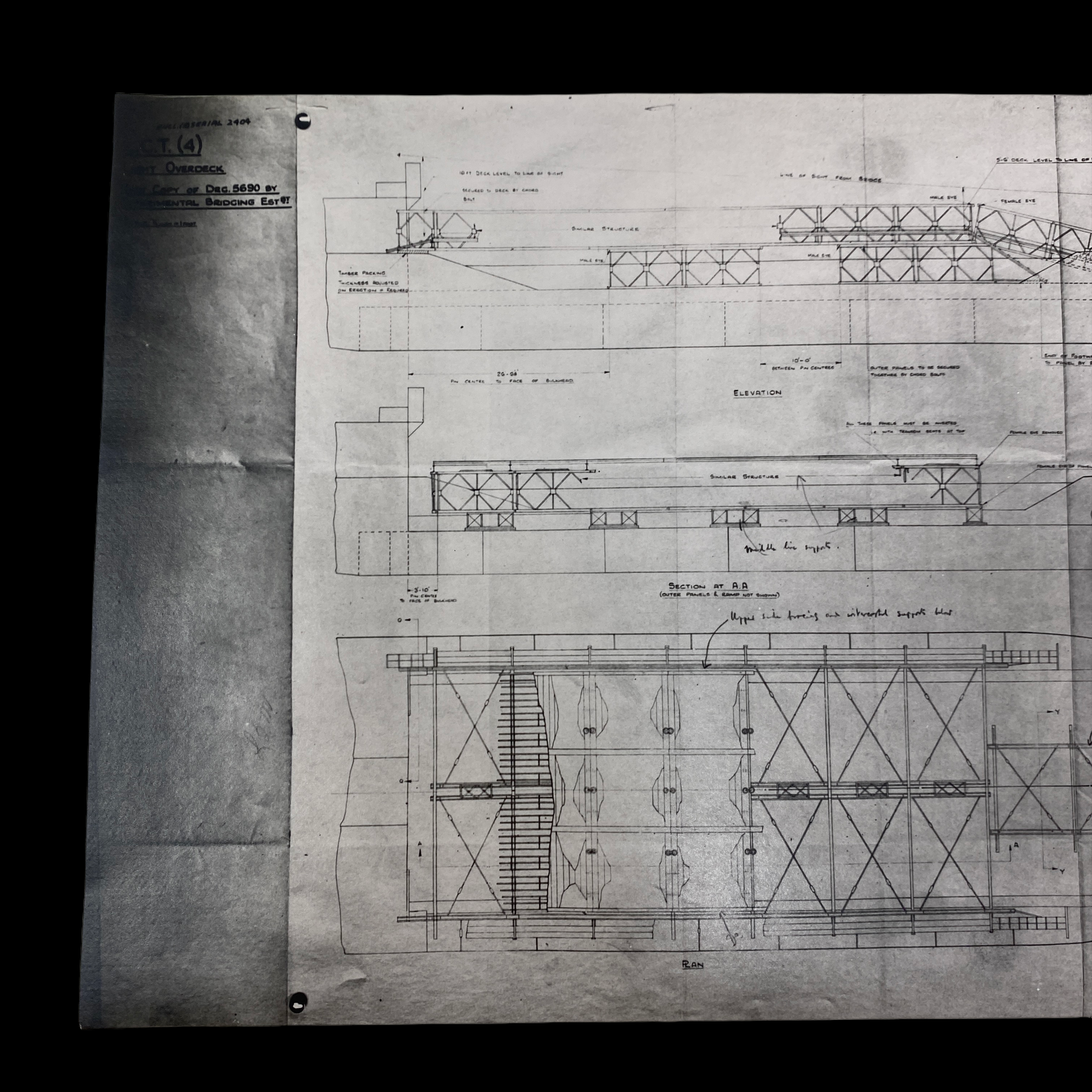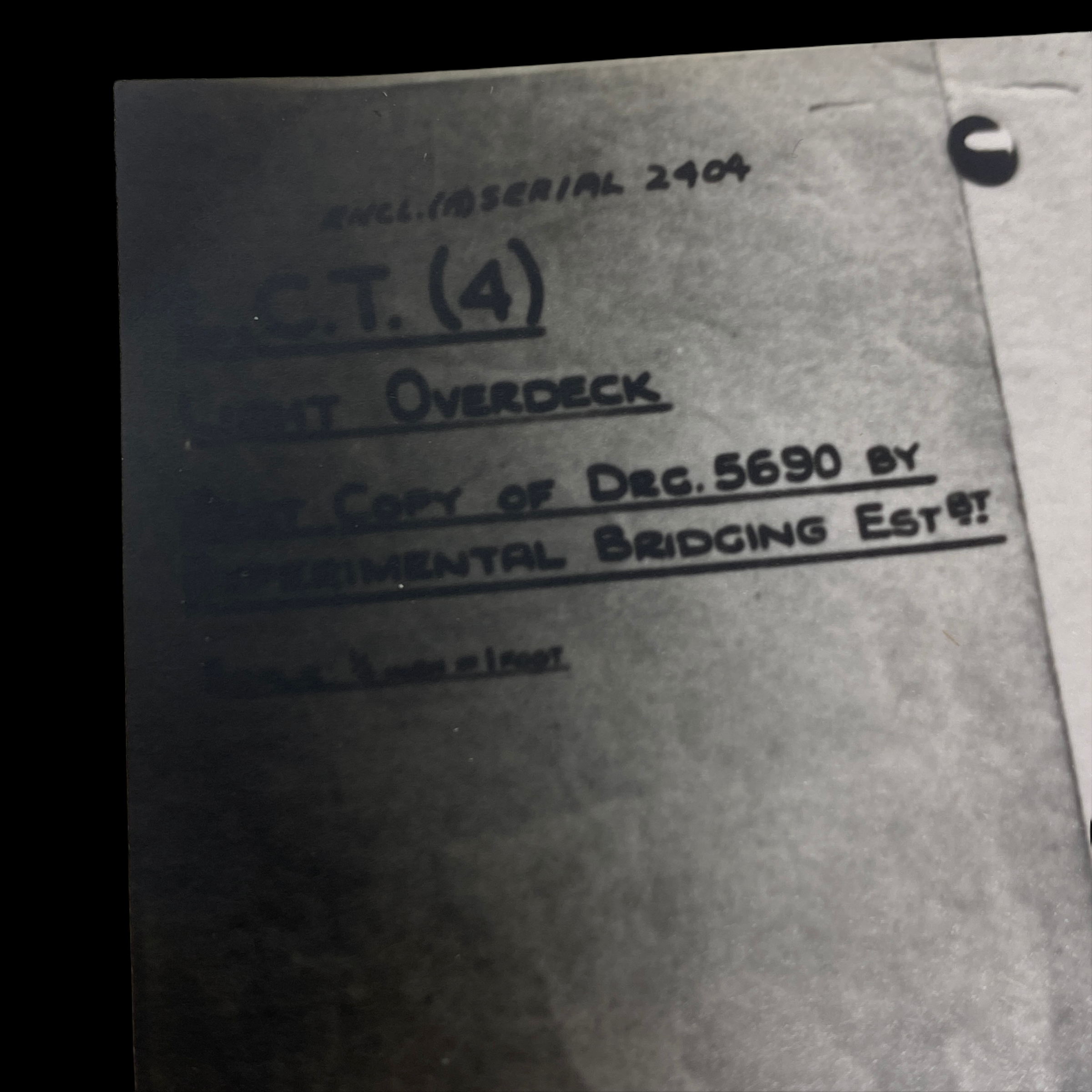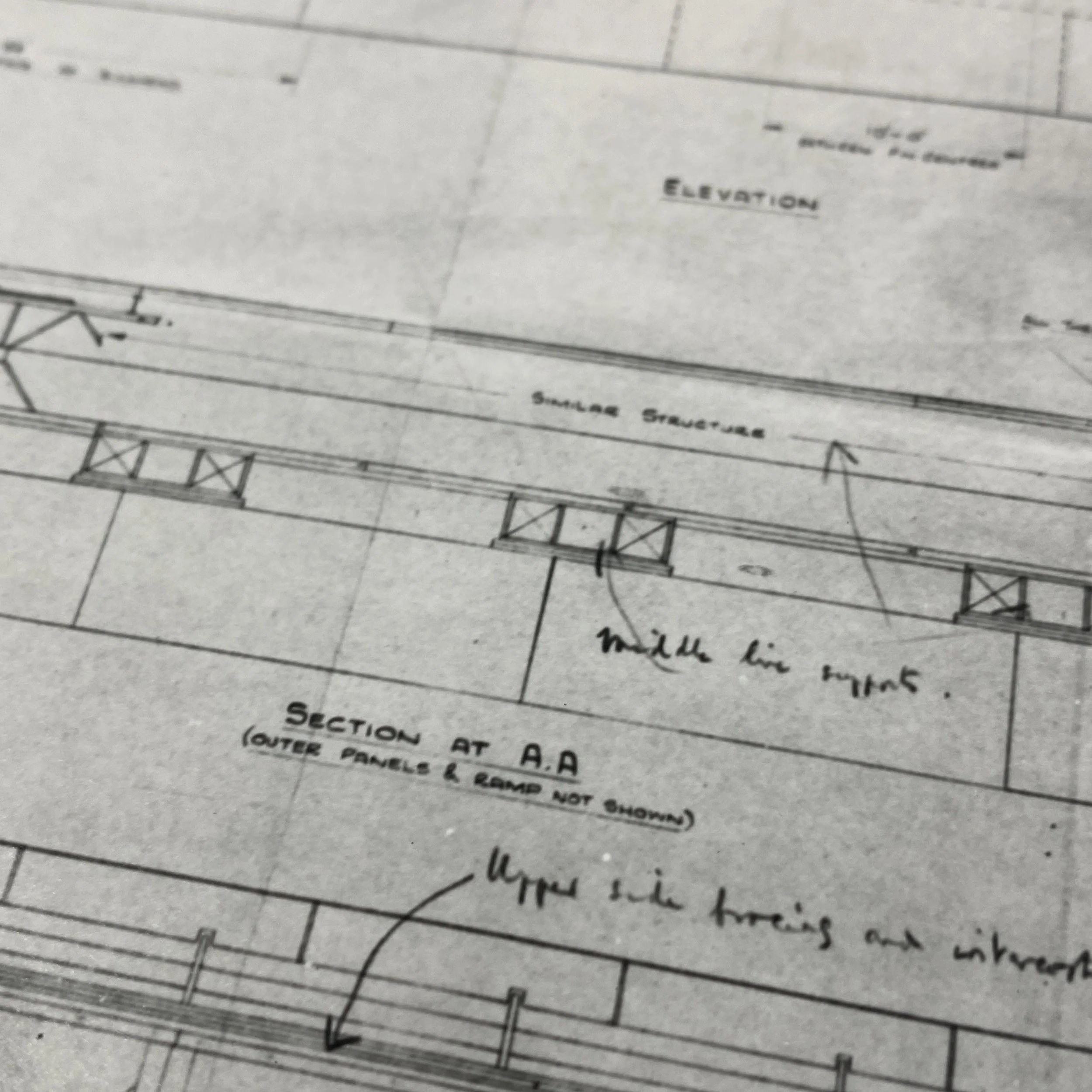Original WWII British Landing Craft Infantry (LCT) Mark 4 Blueprint












Original WWII British Landing Craft Infantry (LCT) Mark 4 Blueprint
The LCT (Landing Craft Tank) is the largest landing craft of the British Army. This building is the English equivalent of the American LST and can carry up to 136 tons of cargo. Nearly 6 different versions (from Mk1 to Mk6) were produced during and after the Second World War, and the Mk4 model was the most manufactured. Widely used during the Battle of Normandy to transport men, food and equipment, the Landing Craft Tank also serves under the American flag.
This original WWII-era British LCT print blueprint shows one of the most infamous amphibious assault ships of the Second World War. This blueprint is printed on a heavier type time period paper and displays a large blueprint shrunk down to a smaller size for a more condensed viewing of the LCT over deck view as shown in this layout.
The Mark 4 had a much wider beam (38 ft 9 in (11.81 m)) than the Mark 3. Built for use in the English Channel, it had a displacement of 586 tons and was powered by two 460 hp Paxman diesels. With a capacity of 350 tons, it could carry nine M4 Sherman or six Churchill tanks. Eight hundred and sixty-five Mk.4s were built, the largest LCT production in British yards.
At the beginning of World War II, when France fell to Nazi Germany, Britain realized that the war against Adolf Hitler would have to be an amphibious war, since the ports of France were no longer available for an assault against the Third Reich. If Britain was to counterattack the Nazis, they would have to do it the hard way—putting ashore large groups of men under heavy opposition. As a solution, the British came up with three new types of landing craft to meet this need. The Landing Craft Tank (LCT), Landing Craft, Tank (LCT), and Landing Craft, Infantry (LCI).